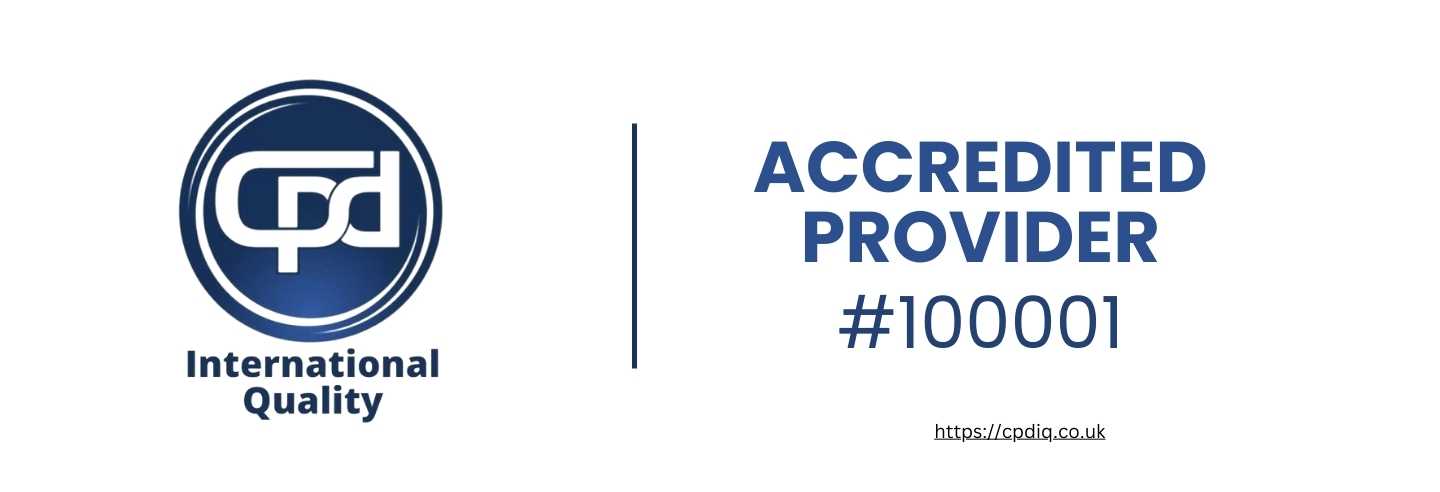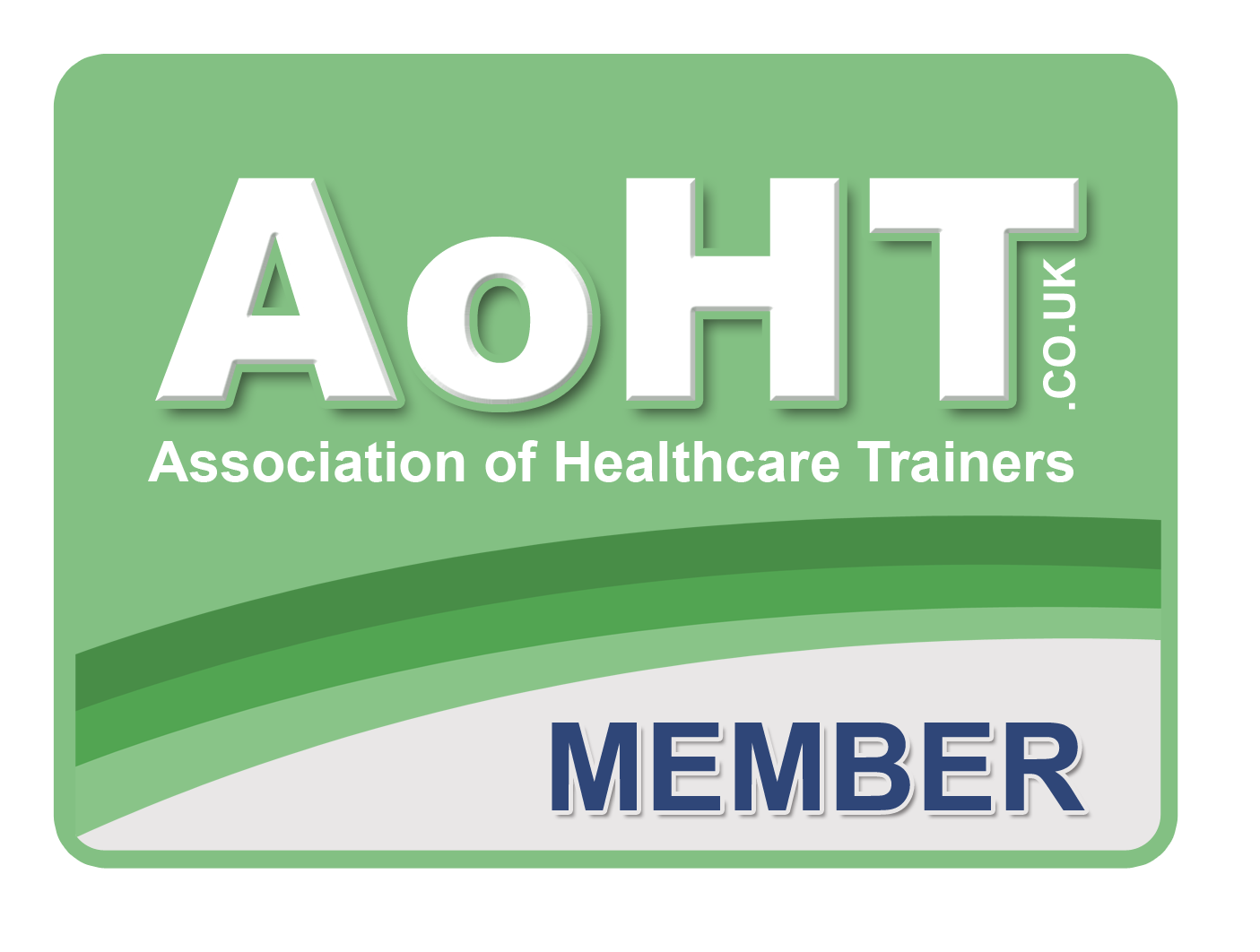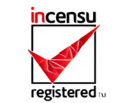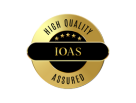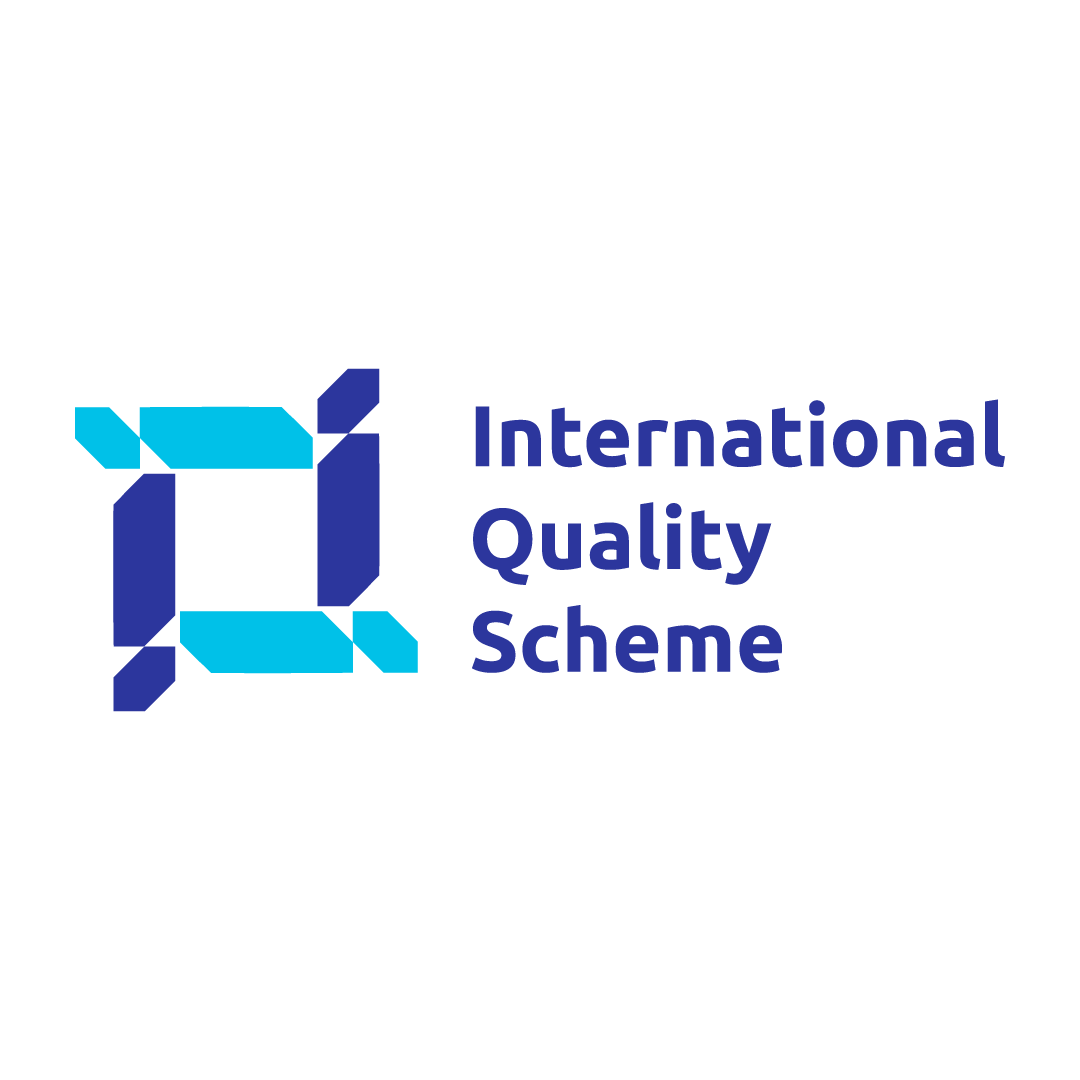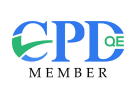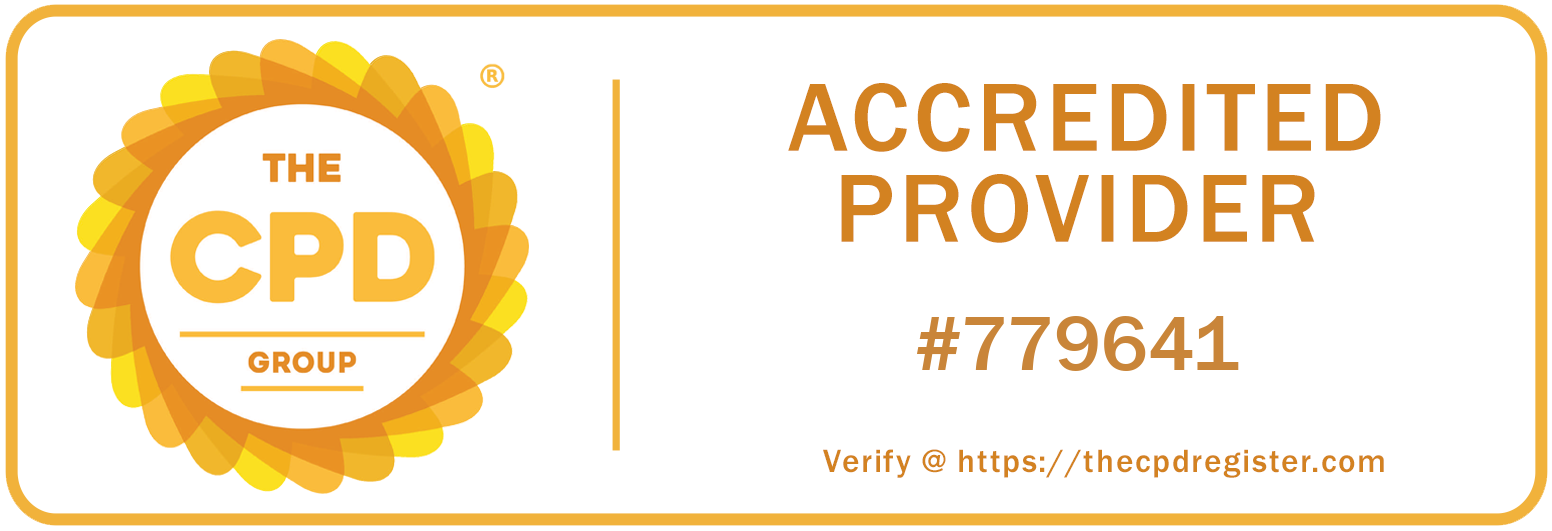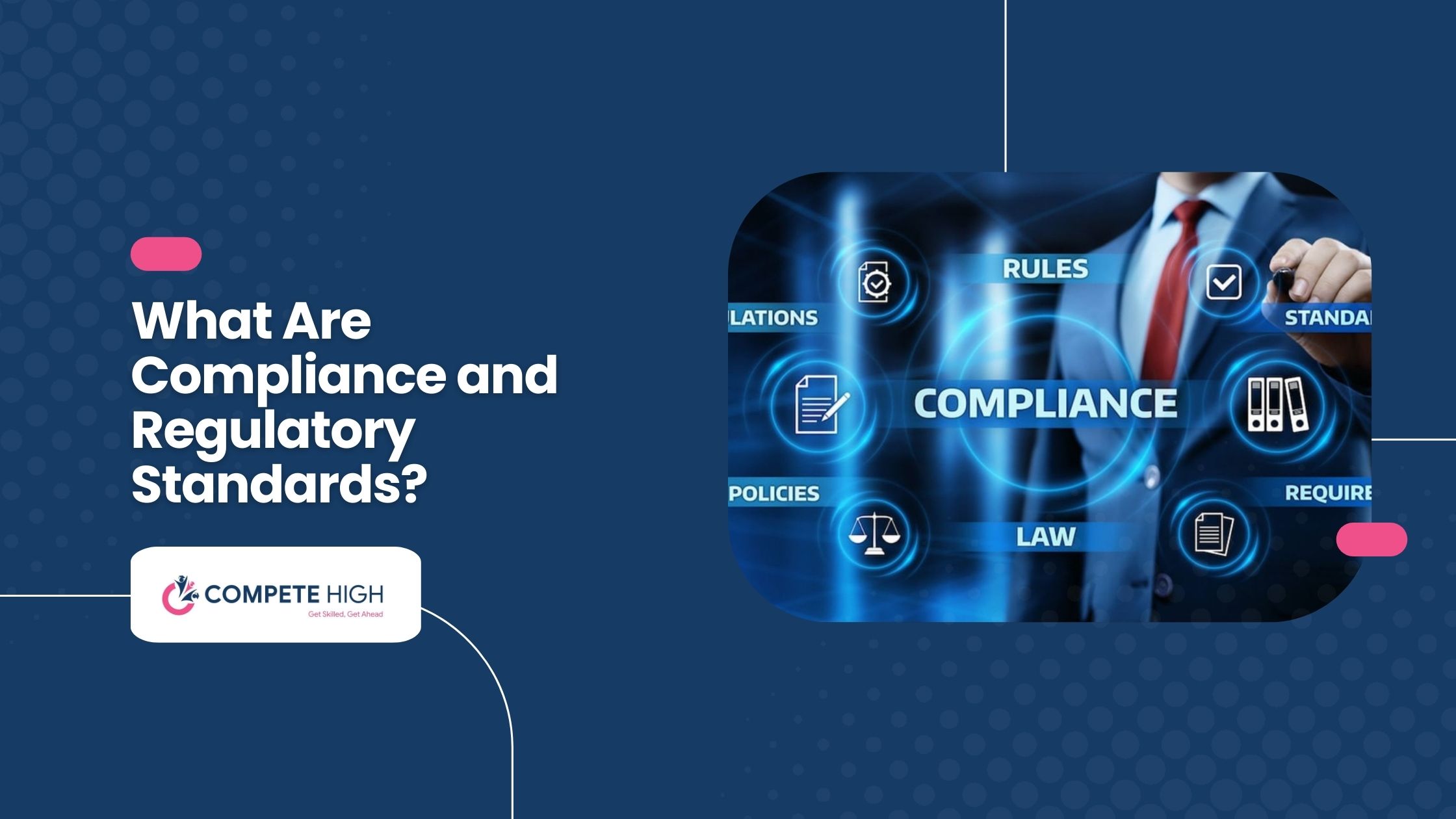
Compliance and regulatory standards in business outline the rules and principles that an organization ought to abide by in order to keep, meet, or exceed legal or industry-specific standards. Compliance and regulatory standards are important to the safety, quality, and success of an organization in many different industries that are necessarily regulated. This blog will explain the importance of compliance and regulatory standards in order to keep your operations in working order and protect those affected by them.
Understanding Compliance
Definition and Scope
Legal Compliance
Legal compliance refers to compliance with the laws and other legal requirements relating to the industry or operations of an organization. This includes labor laws, environmental laws or regulations, tax requirements, and financial reporting rules. Being a legally compliant organization helps to avoid penalties, fines, and legal litigation.
Ethical Compliance
In addition to legal compliance, ethical compliance is about doing the right thing based on company policy, ethical standards and expectations, and accepted codes of conduct. It is about acting with integrity, doing what is fair or right for all stakeholders, and showing respect for others. Ethical compliance can help build trust and credibility with customers, employees, and other stakeholders in the community.
Industry-Specific Compliance
Industry-specific compliance is compliance with regulations or standards applicable to a specific sector of industry. For example, a healthcare organization must comply with HIPAA, whereas a financial institution must comply with AML regulations. Industry-specific compliance is necessary to meet specific demands and risks associated with a particular industry.
Key Elements of Compliance
Policies and Procedures
Policies and procedures provide clarity and a unified structure for compliance. That said, the first step underpinning all compliance efforts should be creating clear and comprehensive policies and procedures: documents that address the rules, laws, and guidelines by which employees are expected to conduct their behavior. For example, policies in the area of data protection, policies in the area of workplace safety, policies in the area of business ethics, and so on.
Training and Awareness
Ongoing training and awareness sessions are part of the accountability procedure that reinforces compliance and regulatory standards, along with the employees' responsibilities and engagement in its administration to repel any violations arising with the alteration of the status quo. Training sessions, workshops, and e-learning repeatedly inform the staff of the legal and ethical standards in their work perspectives and modification in the regulations practice.
Monitoring and Auditing
It is important to have an ongoing program of both auditing and monitoring. Regular audits assess whether the organization's policies and procedures are being put into action and whether measures to ensure compliance are working properly. For example, companies in the finance industry have to regularly check their books and accounts. At the same time, hotels conduct health and safety checks on rooms and dining areas. Monitoring focuses on the daily workings of the organization—whether things are staying the same or getting better.
Reporting and Corrective Actions
Good compliance programs have mechanisms in place to catch violations and allow for corrective action should they occur. Employees should have a process to report non-compliance without fear of retribution. Once the non-compliance is reported, the company must act quickly to address the violation and put processes in place to avoid a repeat occurrence and enhance corrective actions.
Regulatory Standards
Definition and Purpose
Ensuring Safety and Quality
Regulatory standards exist to maintain the quality and safety of products, services, and operations. These standards clearly define the basic requirements that must be met so that organizations can provide atomic outputs that won't jeopardize the livelihoods or safety of consumers, guide on how to best utilize employees, provide the specs for designing component services, and ensure reliable and consistent performance within multi-process systems.
Protecting Consumers and Stakeholders
Regulatory standards protect the public and other participants or consumers of an organization's goods or services. Most prominently, they make sure that companies in industries, from airlines to insurance companies, operate fairly and openly so as not to commit fraud. They also promote fair competition between organizations and prevent any potential harm to the public from an organization's services. Organizations that can prove that they uphold regulations can claim that they do so ethically and responsibly.
Types of Regulatory Standards
International Standards (ISO, IEC)
International standards, such as those proposed by the International Organization for Standardization (ISO) and the International Electrotechnical Commission (IEC), help ensure that a product or process in one country can be used in another without major modifications. They are now established worldwide to cover just about any domain—quality standards, safety standards, environmental standards, and even beauty standards.
National Standards (ANSI, BSI)
These standards must be adopted by country-specific organizations such as the American National Standards Institute (ANSI) in the US and the British Standards Institution (BSI) in the UK. These standards support local regulatory requirements and broader industry standards that cater to home markets, thereby satisfying national legal requirements and norms.
Industry-Specific Standards (HIPAA, GDPR)
Industry-specific standards provide the most necessary protection and risk mitigation for certain sectors. For instance, the Health Insurance Portability and Accountability Act (HIPAA) specifies rules for patient information and its confidentiality in the healthcare industry, and the General Data Protection Regulation (GDPR) specifies regulations for processing and controlling personal information in the EU. Companies generally have little wiggle room in regulated industries when it comes to compliance and regulatory standards with pertinent standards.
The Role of Regulatory Bodies
Creation and Enforcement of Standards
Standards are established and then upheld by regulatory bodies. These organizations carry out research and consult experts in various fields to establish standards and guidelines that ensure safety, quality, and ethics. They also oversee compliance with those standards and pursue enforcement measures against violators—organizations that fail to comply with the standards.
Certification and Accreditation
Certification and accreditation are examples of credentialing systems used by regulatory agencies. They provide proof of compliance and regulatory standards to stakeholders and demonstrate an organization's trustworthiness and credibility. This proof of compliance and regulatory standards incentivizes the organization to remain in compliance and maintain its credentials. Specifically, to maintain accredited status, an organization must submit itself to regular assessments.
Importance of Compliance and Regulatory Standards
Protecting Consumer Rights and Safety
Ensuring Product and Service Quality
However, businesses can ensure compliance and regulatory standards, thereby demonstrating that their product or service meets the benchmark of quality established by the applicable regulations. In doing so, they also safeguard the interests of the consumer, who wants to be sure that any money spent on a product or service is well-spent and worthy of the best possible outcome. Also, a high standard of quality minimizes the possibility of having to deal with a flood of defective goods—something that can lead to recalls, negative publicity, and lawsuits.
Preventing Harm and Ensuring Safety
Regulatory standards serve an important function in preventing harm and setting parameters for ensuring individual safety. Take the fields of healthcare and manufacturing, for example. When it comes to adhering to safety regulations, lives are often on the line; these regulations prevent accidents, physical injuries, and even deaths. Standards also protect consumers from dangerous products or prohibit unethical practices.
Enhancing Business Reputation and Trust
Building Customer Trust and Loyalty
Compliance and regulatory standards can fit nicely into a CSR program. Meet the compliance and regulatory standards, and consumers in the marketplace will gain—and stay with—trust in your organization because their lives have been made safer. This, in turn, can create revenue because those customers are now coming back for more products that the company can produce profitably or deliver to their doors without due diligence on their part. This is also referred to as CSR.
Reducing Legal Risks and Liabilities
The flipside of compliance with the rules implemented is the fact that it helps companies avoid penalties, responsibility, and scrutiny. If a company is not compliant, it could pay costly fines, face lawsuits, and its reputation can be ruined. Suppose a company plays by the rules set out by the regulatory bodies. In that case, it is less susceptible to penalty because it has avoided breaking the law. That means avoiding fines and costly legal battles. It also protects the company's reputation and can save the company money in the long run.
Improving Operational Efficiency
Streamlining Processes and Procedures
That results in compliance and regulatory standards, and with compliance come standardized processes and procedures. This benefits operations in several ways: First of all, standardization reduces variability in everything you do. By standardizing processes and procedures, you minimize errors and eliminate workarounds. Work becomes more predictable, less prone to last-minute surprises, and more straightforward. Coordinating work among different departments and work teams also benefits from standardization.
Reducing Errors and Increasing Productivity
One important reason why it is beneficial to stick to the compliance and regulatory standards is that it leads to less likelihood of errors and disturbances of the operations. The reason is that all compliance and regulatory standards are clear and laid down in order to prevent a mistake that staff might make. When employees know what they need to do and what their responsibilities are, it results in a reduction of errors and disruptions in the operation of the company. When there are no gaps or uncertainties in the procedures, the operation becomes more efficient. This will lead to better company performance and enable the company to compete in the market with other competitors.
Key Compliance and Regulatory Standards by Industry
Healthcare
HIPAA (Health Insurance Portability and Accountability Act)
Another law that regulates and protects patient information is HIPAA. This law supports the workflow in the healthcare industry, especially that of physicians and hospitals. HIPAA prevents the leakage of patient data. It sets the national standards for healthcare electronic transactions and the protection of health information. Organizations are required to take several measures to be in compliance with HIPAA and maintain this compliance in the long term. These measures may include setting safeguards for many kinds of patient data and how they process it. Organizations should conduct periodic training programs for employees on data protection issues.
FDA Regulations
Medical equipment and pharmaceuticals are among the products that fall under the jurisdiction of the Food and Drug Administration (FDA). Manufacturers and distributors of medical equipment and pharmaceutical products (as well as many other health-related products) must meet the stipulations of the FDA in order to ensure the safety and efficacy of the products being used by the public. This involves testing and clinical trials, and approval from the FDA is required before it is allowed to be made public. Organizations must keep records of the types of products and services on offer and also undergo regular inspections to show that they are compliant with FDA regulations.
Finance
Sarbanes-Oxley Act (SOX)
The Sarbanes-Oxley Act, or SOX, was enacted in the aftermath of a scandal involving WorldCom, which was caught fabricating accounts to inflate the value of its shares. It required that corporations adhere to stricter financial reporting, internal controls, and periodic auditing. To be compliant with SOX, companies need to ensure accurate financial reporting, rigorous auditing, and the implementation of internal control mechanisms that can prevent fraudulent activities.
Anti-Money Laundering (AML) Regulations
AML regulations aim to prevent and detect money laundering within financial institutions. This includes the adoption of robust customer due diligence, up-to-date monitoring of transactions for potential suspicious activity, and mandatory reporting of suspicious transactions to law enforcement and/or regulatory authorities. Compliance with AML regulations is an ongoing process that includes employee training, regular audits, and ongoing records.
Information Technology
General Data Protection Regulation (GDPR)
GDPR stands for the General Data Protection Regulation, a unified data protection law that applies directly to organizations operating in the EU and, even if not based in the EU, dealing with data on EU citizens. GDPR requires crystal clear, explicit, free, and granular consent for data-processing activities, individual portability of data, and reporting of data breaches within 72 hours, providing some of the most robust data protection standards in the world. That means strong data security, robust security protections, data protection impact assessments, and even a Data Protection Officer (DPO) in large organizations.
Payment Card Industry Data Security Standard (PCI DSS)
PCI DSS (Payment Card Industry Data Security Standard) specifies procedures for handling payment card information. Payment card industry organizations are required to encrypt cardholder data, provide access controls, and conduct regular security testing, among other procedures. Organizations are deemed compliant with PCI DSS if their networks and systems are regularly tested for vulnerabilities. Additionally, organizations are required to limit access to cardholder information to authorized personnel and educate employees on how to handle payment cards and cardholder data securely.
Manufacturing
ISO 9001 (Quality Management Systems)
ISO 9001, known as 'the international standard that specifies requirements for a quality management system', is the yardstick for conducting business according to the standards of meeting customer requirements and minimizing sources of customer dissatisfaction. Hence, managing ISO 9001 involves the permanent development and maintenance of process controls, routine audits, and extensive documentation of quality management procedures.
OSHA Regulations
The Occupational Safety and Health Administration (OSHA) has badges to represent what a healthy work site looks like. They encourage businesses to follow the regulations they have set forth. These regulations involve completing periodic risk assessments for the workplace to keep it safe and healthy. It lets people train for safety practices and gives reports of worker injuries and diseases. Companies need to have safety practices and gear to prevent workplace hazards.
Steps to Ensure Compliance
Conducting a Compliance Audit
Identifying Areas of Risk
A compliance audit should identify 'areas of the company that are at risk of non-compliance'. For instance, compliance officers should examine the organization's current practices, whether these controls are adequate to protect against potential vulnerabilities, any further vulnerabilities that have been discovered since the previous control was conducted, and so on.
Reviewing Existing Policies and Procedures
An audit also entails a detailed look at existing policies and procedures and, well again, making sure that they comply with regulations. Any gaps or outdated approaches identified need to be rectified by the submission of related updates or suggestions for improvement.
Developing a Compliance Program
Creating Comprehensive Policies
You then build a compliance program with policies—a written statement that your organization has certain guidelines to follow and that it's up to you to decide how strictly to follow them—that spans all the laws and standards relevant to your company. The policies need to be comprehensive; all policies need to be documented and made available. This includes not only policies relevant to your organization (such as if you put shoes on in your office or not—at Apple, you cannot wear shoes at your desk) but all laws and regulations relevant to you.
Describe the procedures that your employees must follow. Create examples and templates, as well as pamphlets and guidelines to be read by and distributed to employees.
Establishing a Compliance Team or Officer
Last but not least, it is important to have a compliance officer or team in place to ensure that the compliance program is actually implemented and maintained. That team handles monitoring, training, and handling issues as they arise.
Training and Education
Regular Training Sessions for Employees
Regular employee training will help keep operations compliant. It is important to make employees aware of their duties and the reasons for the compliance and regulatory standards. Training sessions need to cover current applicable laws and regulations, as well as the company's policies and best practices for keeping the company compliant.
Keeping Staff Updated on Regulatory Changes
Informing all employees about what signifies changes in regulations and standards is of great importance. To be aware of any variations, it is important to stay updated with regulations and standards either through emails or notifications. It is ideal to send regular emails to staff to ensure that they are formally notified and have the opportunity to gain an understanding of the new requirements, why they are introduced, and what implications this will have on their everyday work.
Monitoring and Continuous Improvement
Regular Internal Audits and Assessments
Finally, continuous monitoring, performed on a recurring basis through internal audits, checks, and assessments of our progress toward compliance, enables us to identify areas for improvement and take corrective action.
Implementing Corrective Actions and Improvements
This means that when issues are noted, organizations should conduct root cause analyses to determine where corrective actions are needed—in procedures, processes, policies, retraining employees, and so forth.
Challenges in Achieving Compliance
Keeping Up with Regulatory Changes
Staying Informed About New Laws and Standards
As regulatory frameworks and standards evolve, it is difficult for organizations to keep a constant check on emerging laws and guidelines. Subscription to industry newsletters, attending conferences, and seeking expert guidance from legal consultants are some ways to keep a tab.
Adapting to Evolving Regulatory Landscapes
Being willing and able to adapt is essential, as firms must be ready to amend their policies and procedures quickly in order to stay in compliance.
Resource Constraints
Allocating Sufficient Resources for Compliance Efforts
The law continues to insist that large companies do the impossible: demand that they divert precious resources—money, time, and people—to ensure that these ridiculous rules are followed.
Balancing Compliance with Other Business Priorities
The challenge is to achieve sufficient compliance without crowding out other business priorities. Organizations can achieve that by embedding compliance within their business strategy, giving it weight without taking excessive 'air time' from other important priority areas.
Employee Awareness and Engagement
Ensuring All Employees Understand Their Roles
It is also imperative that all staff are well aware of their duties in upholding the compliance program and receive regular training and clear messages about the importance of compliance and their roles.
Maintaining High Levels of Compliance Awareness
High levels of compliance awareness can only be sustained across a company through continuous communication. This includes sending out regular updates, conducting compliance training or briefings, and integrating compliance themes into internal company communications. Keeping employees engaged with compliance is crucial to maintaining momentum. This is a task that must be taken on daily.
Tools and Resources for Compliance Management
Compliance Management Software
Features and Benefits
Compliance management software contains tools for tracking, monitoring, and reporting compliance activities, including features such as automated alerts, audit trails, and reporting. These tools can help automate processes and ensure compliance and consistency.
Popular Compliance Management Tools
Common compliance management solutions include tools from companies like SAP GRC, MetricStream, and NAVEX Global. These solutions provide features for these tools that might include risk assessment, policy management, incident tracking, etc.
Professional Associations and Bodies
Benefits of Membership and Certification
Being a member of a professional association gives access to resources, training, and certification courses. It develops a network of resources and keeps members updated about industry events and procedures.
Examples of Relevant Associations
A number of relevant associations have emerged, including the Association of Certified Fraud Examiners, the International Association of Privacy Professionals, and the Institute of Internal Auditors. Compliance professionals support and cultivate relationships with these associations.
Online Resources and Training Programs
Accessing Regulatory Databases and Guidelines
Websites offer links to regulatory databases and guidance documents about compliance requirements. Organizations can quickly discover how to comply through sites such as the ICO, OSH, and FDA.
E-Learning Platforms for Compliance Training
E-learning has emerged as a popular option for imparting compliance knowledge to employees through a recent boom of self-driven learning platforms like Coursera, Udemy, and LinkedIn Learning, among others. These web-based educational institutions are collaborating with organizations to develop programs that keep employees updated on various regulatory frameworks.
Conclusion
The need for compliance and regulatory standards in any business will provide not only benefits for the consumer but also improve business reputation as it will help businesses to deliver services efficiently. The failure to adhere to these regulatory standards puts at risk not only the business itself but also its stakeholders, and there needs to be a compliance provision in any business for the growth of the company so that people are willing to trust the business.



